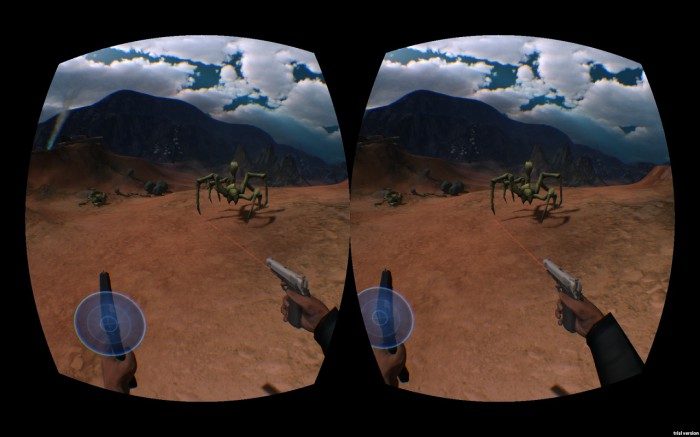Crashland
During my time as a PhD student, I looked at how to calculate motion automatically for limbed animals, concentrating on ones that have a very low centre of gravity like insects and lizards. What I came up with was a technique where the creature’s AI is divided into a series of components that all attempt to regulate a small part of the animal’s pose or movement. For example the legs need to maintain balance relative to their neighbours and centre of gravity, the body needs to maintain a set height above the surface, and the thorax-abdomen needs to pivot around corners. The perceived aggregate motion resulting from all these components interacting in real-time was an ambulating creature—they could even climb walls!
An example of a spider driven by Llyr’s animation system
Of course while this technique was grounded in robotics and biological research, this is only a gross abstraction of how the real things move. However the key thing is your brain doesn’t care—if it sees a movement that obeys the laws of physics it will fill in the blanks and attempt to contextualise and even anthropomorphize the perceived motion. For example when the aforementioned spider is finding it difficult to successfully pivot around a corner the results are interpreted by the viewer as a struggling creature rather than a failing algorithm, and it can actually enhance the overall realism as perfect robotic movements are out of place in nature.
“…you can generate any kind of death animation you want, from straight flops, twitches and tumbles, to gross spasms, and even drawn out hammed up death throes.”
I applied some of what I learned in this research while developing my motion controlled FPS VR demo Crashland, shown in the video below. When you frag one of the giant alien insectoids in the game, the animation system transitions from being kinematic (data-driven) to fully procedural. Essentially what happens is the ragdoll (physics driven skeleton) is activated and joint angles are pulsed through the articulated figure. By varying the type of pulses being sent through the virtual muscles you can generate any kind of death animation you want, from straight flops, twitches and tumbles, to gross spasms, and even drawn out hammed up death throes.
See Also: The Next Version of Crashland Looks Amazing
The great thing about procedural animation is that it can turn even a simple action (falling over, blasting alien spiders) into something that rewards you with a unique animation directly tied to the gameplay. I believe this can make all the difference in VR as it imbues a greater sense of organicity in the creatures you’re interacting with.







